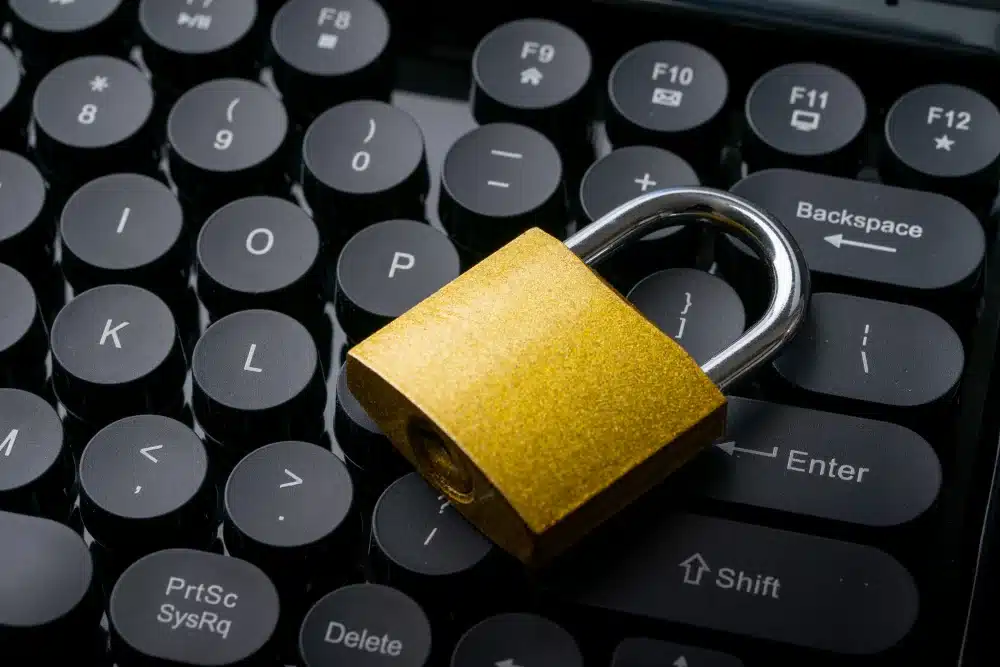Privacy And Encryption
Navigating Privacy and Encryption in the Digital Realm

Privacy and data encryption tools are crucial in the digital realm, having a major aspect in how personal information is protected online and how data is secured against unauthorized access, therefore they are foundational to securing personal information and communications supported by legal frameworks, technological solutions, and best practices aimed at protecting individuals and organisations from unauthorised access and cyber threats.
Privacy
Privacy refers to the right of individuals to control or influence what information about them is collected and how it is used or shared, with the increase of internet services, social media, and mobile technology, keeping up with privacy has become a complex challenge. Key aspects include:
Personal Information:
This includes any data that can be used on its own or with other information to identify, contact, private health data, online purchase tracking locate a single person, or identify an individual in context.
Data Collection:
Many websites and applications collect personal data for various purposes, including improving user experience, targeted advertising, and analytics. This is not a bad thing to do, since they want to provide a customised service but the point is to stay in your lane and only use legal tools that help companies to analyse their application’s or website’s data instead of crossing the line.
Consent and Control:
Regulations like the General Data Protection Regulation (GDPR) in the EU and the California Consumer Privacy Act (CCPA) in the U.S. aim to give users more control over their data, including the right to know what data is collected and the ability to delete or transfer it.
Data Encryption
Data encryption is a security method where information is encoded in such a way that only authorized parties can access it. Encryption transforms readable data (plaintext) into an unreadable format (ciphertext) using an algorithm and an encryption key. The most common methods you can use:
Symmetric Encryption:
Uses the same key for both encryption and decryption. It’s fast and suitable for encrypting large volumes of data but requires secure key management.
Asymmetric Encryption:
It is a pair of keys, one public and one private. The public key can be shared with anyone, but the private key is kept secret. This method is often used for secure communication over insecure networks.
Encryption Algorithms:
Various algorithms are used for encryption, including AES (Advanced Encryption Standard), RSA (Rivest-Shamir-Adleman), and ECC (Elliptic Curve Cryptography). Each has its use cases, strengths, and weaknesses.
End-to-End Encryption (E2EE):
This method makes sure that data is encrypted on the sender’s device and only the recipient can decrypt it. This prevents intermediaries, including service providers, from accessing the plaintext data.
Why It Is Important?
Protecting Personal Information:
Prevents unauthorized access to personal information, reducing the risk of identity theft, financial fraud, and other forms of cybercrime.
Securing Communications:
Ensures that sensitive information (e.g., financial transactions, personal messages) transmitted over the internet is protected from eavesdroppers.
Compliance:
Many industries are subject to regulations that require the protection of sensitive data, making encryption a legal necessity in some contexts.
Trust and Reputation:
Businesses that prioritise privacy and data security can build trust with their customers and avoid the reputational damage associated with data breaches, by doing so, it builds up the brand of the organisation and sends out the message that it is safe to collaborate with them, it is a statement of the quality of their standards.

Challenges
Balancing User Experience and Privacy:
More stringent privacy measures can sometimes make services less convenient to use, leading to a trade-off between usability and privacy.
Encryption Backdoors:
There’s an ongoing debate about whether governments should have special access to encrypted data for national security purposes, which could potentially weaken encryption protocols.
Evolving Threats:
As encryption technologies advance, so do the techniques used by cybercriminals, requiring ongoing efforts to maintain data security.

Summary
These concepts are critical for protecting personal information from unauthorized access and ensuring secure communication over the internet. Privacy measures empower individuals with control over their data, helping to safeguard against identity theft, financial fraud, and other cybercrimes. Data encryption, on the other hand, secures information by making it unreadable to anyone except authorized parties, essential for maintaining the confidentiality and integrity of data in transit and at rest, together, privacy and encryption uphold user trust and that is beneficial for everyone’s safety and security.
Let's turn your idea into a memorable event!
We’re all about making great ideas come to life and creating unforgettable experiences. So, why wait? Drop us a line, share your vision, and let’s collaborate to make your idea the next big thing. Ready to make it happen? We’re just a message away!
Ready for your next event? Get in touch today!
Schedule your call on our calendar and book a time slot with one of our Project Managers who will answer all of your doubts.

